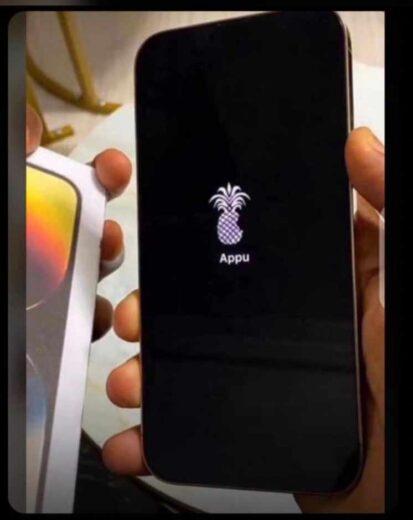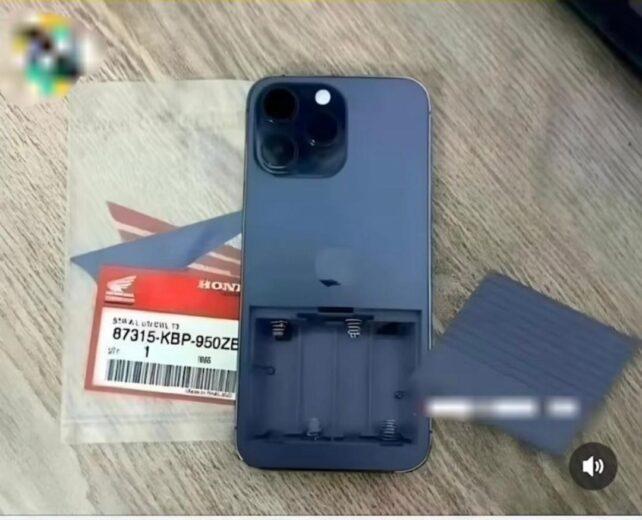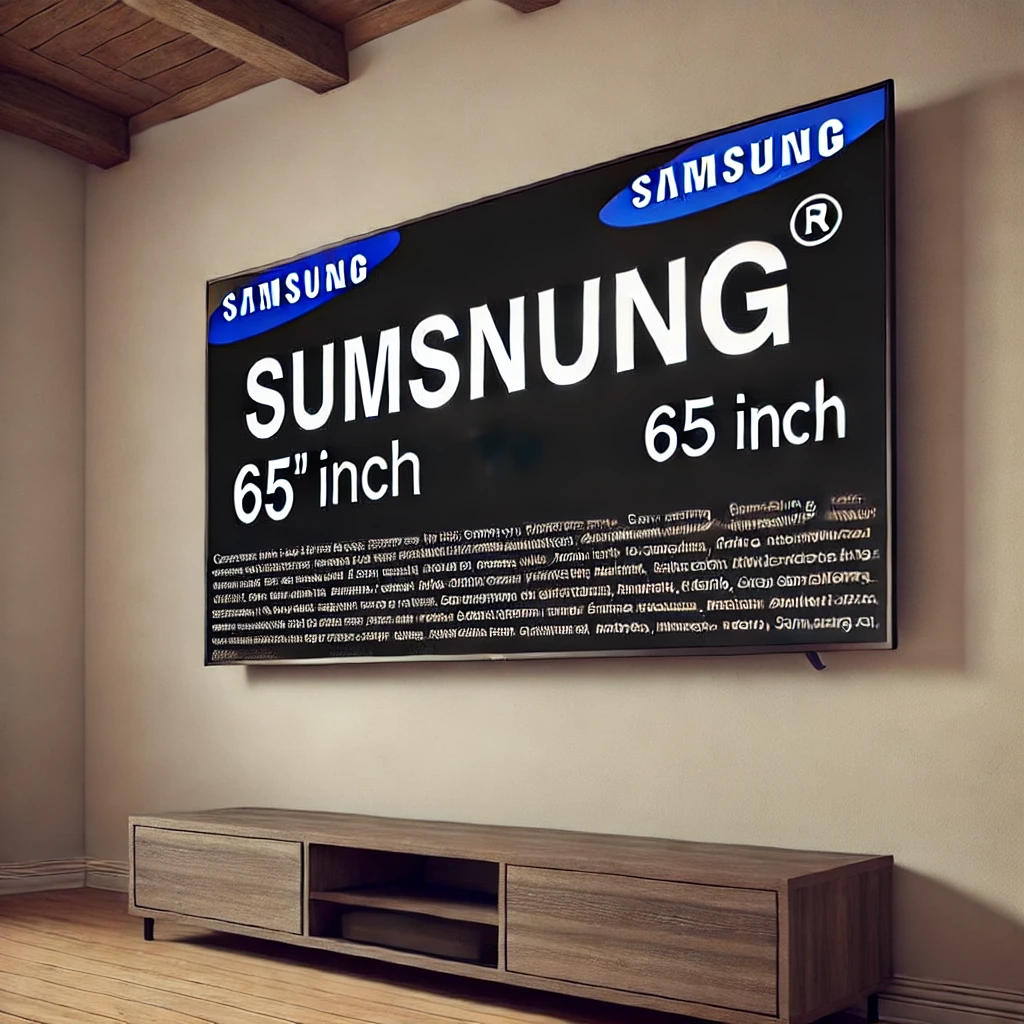“MuChina” fakes, replicas, and substandard products often attract so much demand that people may queue up for hours just to buy these cheaper alternatives. However, these products pose significant risks to both health and finances, as they tend to break down suddenly and lack the benefits of long-term repairability, free manufacturer warranties, or guarantees.
In this article, we’ll guide you through the process of identifying counterfeit appliances and electronics, helping you make informed choices and avoid the costly pitfalls of fake products.
What is a MuChina?
In Uganda, “MuChina” is a term commonly used to describe counterfeit or substandard products. These items often look strikingly similar to genuine brands but fall short when it comes to quality, durability, and safety. While the allure of paying less is tempting, buying fakes can lead to major headaches, including poor performance and even potential safety hazards.
How to Spot Fakes, Replicas, and Substandard Appliances
Price: too good to be true
One of the biggest giveaways of a counterfeit product is its price. If you find an appliance or electronic device being sold for a fraction of the price of the original, be cautious. While discounts and sales happen, an unusually low price should raise alarm bells. If the deal sounds too good to be true, it probably is.
Packaging and Labelling
Counterfeit products are often wrapped in poor-quality packaging. Look for telltale signs like misspelt words, blurry logos, or altered branding. Genuine items usually come with clear, accurate labels that include information such as the manufacturer’s name, address, and serial or model number. Missing or incorrect details on packaging are major red flags.
Build Quality and Materials
Fakes are often made with cheaper materials, which can feel flimsy or poorly assembled. Take the time to inspect the product closely. Loose parts, misaligned components, or uneven finishes are common indicators that you’re dealing with a counterfeit.
Functionality and Performance
A counterfeit appliance or electronic device might look the part, but it usually underperforms. Whether it’s a smartphone with a slow processor or a washing machine that constantly breaks down, these fakes often come with frequent malfunctions and overall poor performance.

How to Avoid Fakes, Replicas, and Substandard Products
- Purchase from Reputable Sellers: Reputable sellers, like Kweli.shop, have everything to lose if they sell counterfeits or substandard products. If you can’t trust the seller, it’s best not to gamble with the items they offer.
- Check for Warranty and Certifications: Genuine appliances and electronics come with warranties, certifications, and the assurance of after-sale service. Always check for these before making a purchase.
- Compare Prices: Research the typical market price for the item you’re interested in. An unusually low price is often a red flag for counterfeit goods. However, note that some counterfeiters may match prices to deceive consumers into thinking the product is genuine.
- Be Wary of Unfamiliar Brands: Stick to well-known, reputable brands, especially if you’re unsure of the seller. Unless you have full confidence in the retailer, it’s best not to take a risk on unfamiliar brands.
- Read Reviews and Testimonials: Always check what others are saying about the product and the seller. Reviews can offer valuable insights into whether a product is authentic or counterfeit. Kweli.shop has more reviews on Trustpilot than any other Ugandan company, assuring you that you’re making a safe purchase. Click here to read them.
By staying vigilant and following these tips, you can avoid the financial and safety risks of buying counterfeit products. Remember, investing in genuine appliances and electronics not only ensures quality and longevity but also supports legitimate businesses.



